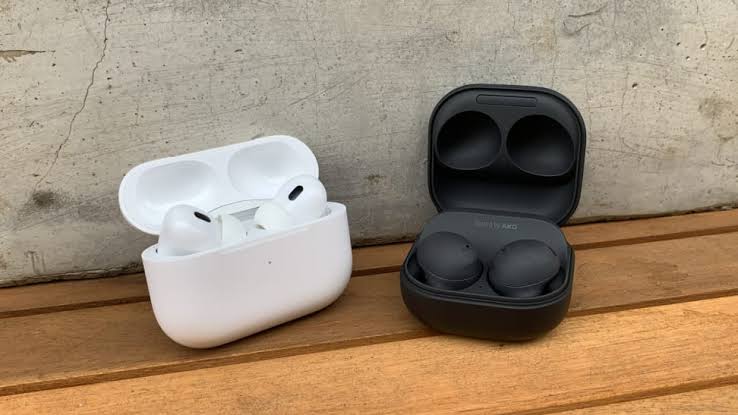On February 2, 2025, Samsung unveiled a groundbreaking patent that could change how we listen to music and connect our devices. The company is working on next-generation earbuds that ditch Bluetooth to use Ultra-Wideband (UWB) technology.
This move could offer users a smoother, faster, and more immersive audio experience. For anyone tired of Bluetooth’s occasional hiccups and delays, this development might be exactly what they’ve been waiting for.
Read also: Samsung launches Galaxy S25 series, AR glasses, and more at 2025 Unpacked event
How UWB could transform wireless audio
Samsung’s new earbuds aim to take wireless audio to the next level by using UWB technology, which operates at higher frequencies than Bluetooth. Unlike Bluetooth’s 2.4 GHz range, UWB works between 6.5 GHz and 9 GHz, enabling faster data transfer speeds and better sound quality.
According to the patent details, UWB can deliver lossless audio at speeds of up to 20 Mbps while consuming less power.
Another key advantage is the extended range. UWB can transmit data up to 25 meters, surpassing Bluetooth’s typical range of 10 meters. Users could enjoy uninterrupted audio even when moving farther from their devices.
However, there’s a catch: UWB signals are more sensitive to obstacles like walls or furniture, so maintaining a clear line of sight might be necessary for optimal performance.
If Samsung brings this technology to market, it could address many users’ frustrations with current wireless earbuds, such as lag during video playback or interruptions during calls.
Read also: Google unveils Android XR: A new dimension in computing
A race for audio innovation
Samsung isn’t the only company exploring alternatives to Bluetooth. Qualcomm has been developing its solution, XPAN, which uses Wi-Fi for audio streaming. The first XPAN-enabled earbuds are set to launch soon, marking a growing interest in breaking free from Bluetooth’s limitations.
While Samsung’s patent sparks excitement, it’s worth noting that not all patents lead to commercial products. UWB hardware is mainly found in high-end devices like flagship smartphones and smart trackers. For now, mid-range devices remain largely untouched by this technology.
With features like Adaptive Noise Control already making waves in Samsung’s earbuds lineup, this new development hints at a future where wireless audio is faster, more precise, and more reliable than ever.
















